Want to attend the course but can’t make it on this date?
Fill in your details below and we’ll notify you when we next present a course in this area:
It’s a beautiful summer day as you step into your lounge. As you walk through the room to your favourite couch, you notice something unfamiliar under the coffee table. The elongated shape seems to be moving as you approach it and your brain finally catches up… a snake!
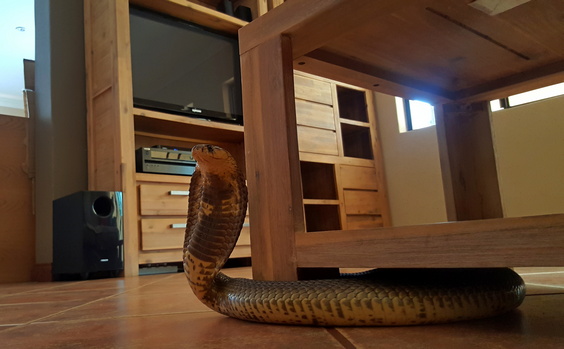
With summer in full swing and after the heavy rains, snakes are more active and human / snake encounters are likely to be more frequent. The warmer temperatures encourage snakes to start feeding more regularly and many species will start looking for mates. The first heavy rains of the season bring the frogs out and many snakes will start moving around looking for an easy meal. Inevitably, snakes will end up in houses and gardens and most people have no idea how to handle the situation of an encounter.
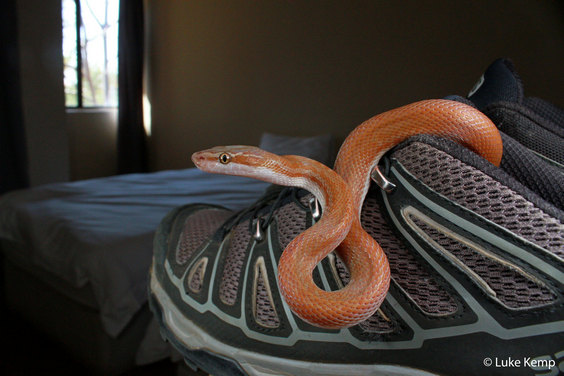
Why do snakes come to gardens?
Snakes are attracted to dark and neglected areas and will be encouraged to take refuge beneath sheets of corrugated iron, building rubble, firewood, grass heaps, rock piles and rubbish tips. Most snakes feed on lizards, rodents, frogs and toads and will be attracted to gardens that harbour these creatures. Fowl runs, birdcages and rabbit pens also attract snakes. Dripping taps and fish ponds will attract frogs, which in turn may attract snakes.

Dense vegetation against walls and buildings may also attract snakes, especially arboreal (tree – living) species. Plants growing near or against windows increase the likelihood of snakes ending up in a home.

How do you keep snakes out the house?
The best preventative measure to keep snakes out of your property is to keep your garden clean and reduce the hiding places for snakes. Mosquito mesh screens on doors and windows will prevent snakes from entering the home. Placing a strip of foam or rubber under your doors to reduce the size of the gap will prevent snakes and other unwanted creepy crawlies from gaining access to your house.
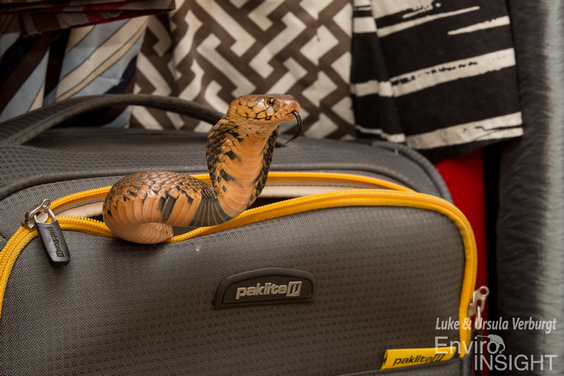
If you do happen to see a snake in your garden or home and you are uncomfortable with it, get someone to watch it from a safe distance of 5 meters or more, and contact a competent snake remover. Keep children and pets well out of the way. Always keep an eye on the snake, as this will help the remover easily locate it and make the removal process easier.
If the snake is in the house and you are comfortable with the idea and it is possible to do so without putting yourself in danger, you can throw a towel over the snake and await the arrival of a snake remover – the snake normally stays curled up under the towel until uncovered. Otherwise if it is a small snake and if possible (without putting yourself in danger) place a bucket over it with a heavy object on top of the bucket and call a snake remover.
If you are comfortable with snakes, you can use a broom and just sweep the snake outside or into a box or bucket and remove it yourself. You can release the snake in the closest open veld away from other people. The African Snakebite Institute hosts a number of snake awareness, first aid for snakebite and venomous snake handling courses across the country and if you are on a farm or lodge and encounter snakes frequently, it may be a good idea to get yourself or a staff member trained to handle and remove snakes in a safe manner. You may also want to get yourself a decent pair of snake tongs.
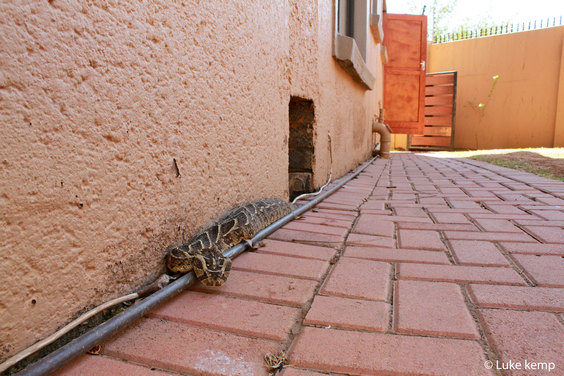
The African Snakebite Institute has a completely free app for android and Apple smart phones called ASI Snakes. This app has several useful features such as snake profiles, posters, articles, a list of hospitals listing those that are closest to you, ASI products, upcoming courses, and first aid for snakebite. Many of the profiles and posters are in PDF format and you can share them to your contacts. One of the main features is a list of over 450 snake removers around the country. If your GPS is activated on your phone, the app will give you a list of removers in your area, how far away they are from you and their phone number. You can also search a town or city and see how many removers are in that area and share this info directly to your contacts.
CONTACT US:
Product enquiries:
Caylen White
+27 60 957 2713
info@asiorg.co.za
Public Courses and Corporate training:
Michelle Pretorius
+27 64 704 7229
courses@asiorg.co.za
 ASI Lite Combo 3
R1,575.00
ASI Lite Combo 3
R1,575.00
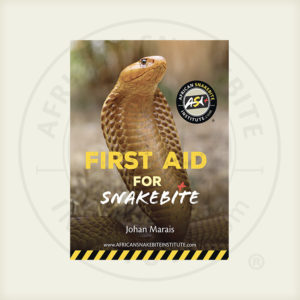 ASI First Aid for Snakebite Booklet
R40.00
ASI First Aid for Snakebite Booklet
R40.00
 ASI Combo C
R1,680.00
ASI Combo C
R1,680.00
Want to attend the course but can’t make it on this date?
Fill in your details below and we’ll notify you when we next present a course in this area:
Want to attend the course but can’t make it on this date?
Fill in your details below and we’ll notify you when we next present a course in this area:
Want to attend the course but can’t make it on this date?
Fill in your details below and we’ll notify you when we next present a course in this area:
Want to attend the course but can’t make it on this date?
Fill in your details below and we’ll notify you when we next present a course in this area:
Want to attend the course but can’t make it on this date?
Fill in your details below and we’ll notify you when we next present a course in this area:
Want to attend the course but can’t make it on this date?
Fill in your details below and we’ll notify you when we next present a course in this area:
Want to attend the course but can’t make it on this date?
Fill in your details below and we’ll notify you when we next present a course in this area:
Want to attend the course but can’t make it on this date?
Fill in your details below and we’ll notify you when we next present a course in this area:
Want to attend the course but can’t make it on this date?
Fill in your details below and we’ll notify you when we next present a course in this area:
Sign up to have our free monthly newsletter delivered to your inbox:
Before you download this resource, please enter your details:
Before you download this resource, would you like to join our email newsletter list?